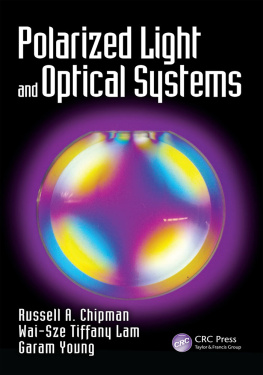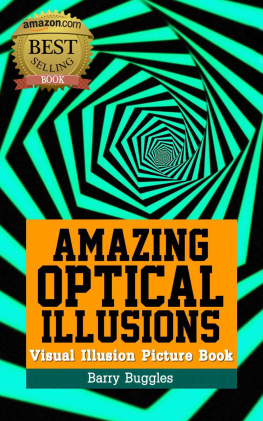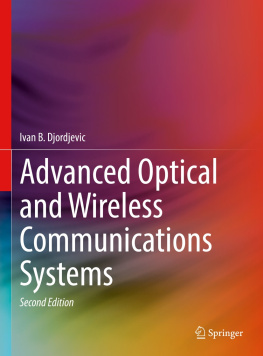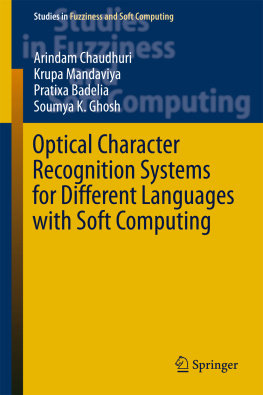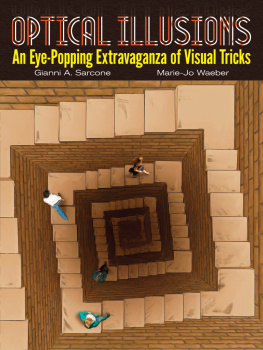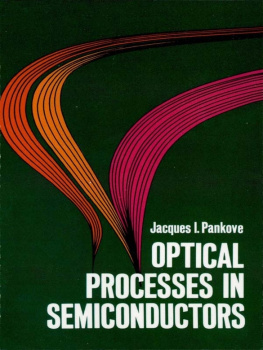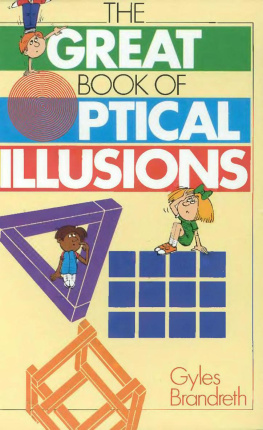Chipman Russell A. - Polarized light and optical systems
Here you can read online Chipman Russell A. - Polarized light and optical systems full text of the book (entire story) in english for free. Download pdf and epub, get meaning, cover and reviews about this ebook. year: 2019, publisher: CRC Press LLC, genre: Home and family. Description of the work, (preface) as well as reviews are available. Best literature library LitArk.com created for fans of good reading and offers a wide selection of genres:
Romance novel
Science fiction
Adventure
Detective
Science
History
Home and family
Prose
Art
Politics
Computer
Non-fiction
Religion
Business
Children
Humor
Choose a favorite category and find really read worthwhile books. Enjoy immersion in the world of imagination, feel the emotions of the characters or learn something new for yourself, make an fascinating discovery.
- Book:Polarized light and optical systems
- Author:
- Publisher:CRC Press LLC
- Genre:
- Year:2019
- Rating:3 / 5
- Favourites:Add to favourites
- Your mark:
Polarized light and optical systems: summary, description and annotation
We offer to read an annotation, description, summary or preface (depends on what the author of the book "Polarized light and optical systems" wrote himself). If you haven't found the necessary information about the book — write in the comments, we will try to find it.
Abstract: Polarized Light and Optical Systems presents polarization optics for undergraduate and graduate students in a way which makes classroom teaching relevant to current issues in optical engineering. This curriculum has been developed and refined for a decade and a half at the University of Arizonas College of Optical Sciences. Polarized Light and Optical Systems provides a reference for the optical engineer and optical designer in issues related to building polarimeters, designing displays, and polarization critical optical systems. The central theme of Polarized Light and Optical Systems is a unifying treatment of polarization elements as optical elements and optical elements as polarization elements
Chipman Russell A.: author's other books
Who wrote Polarized light and optical systems? Find out the surname, the name of the author of the book and a list of all author's works by series.

